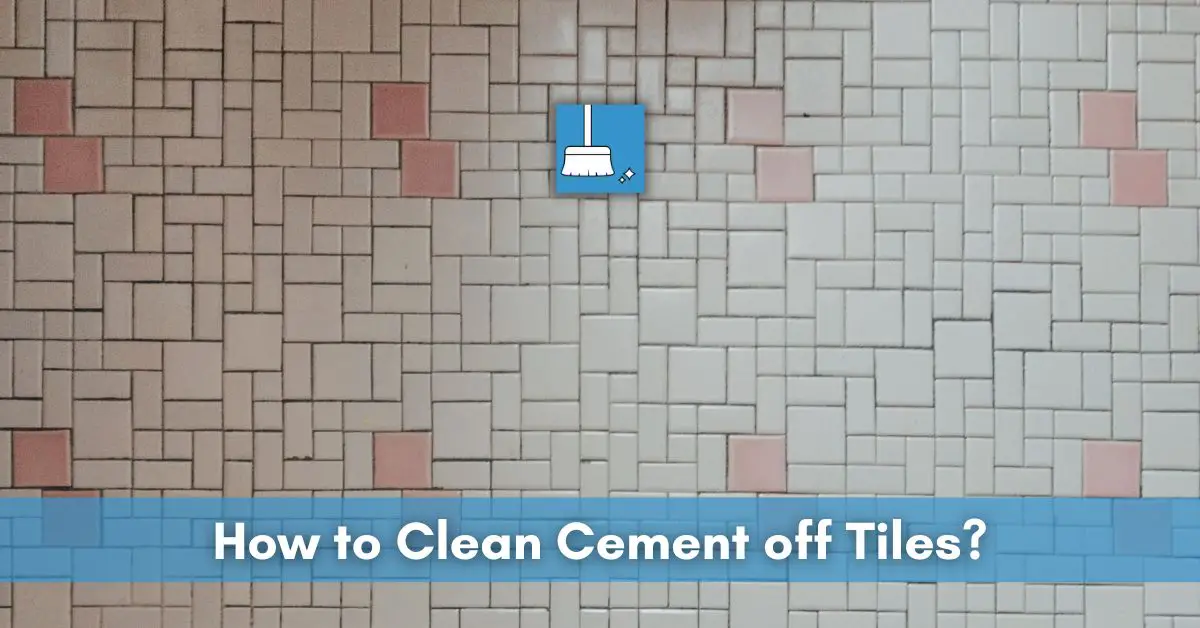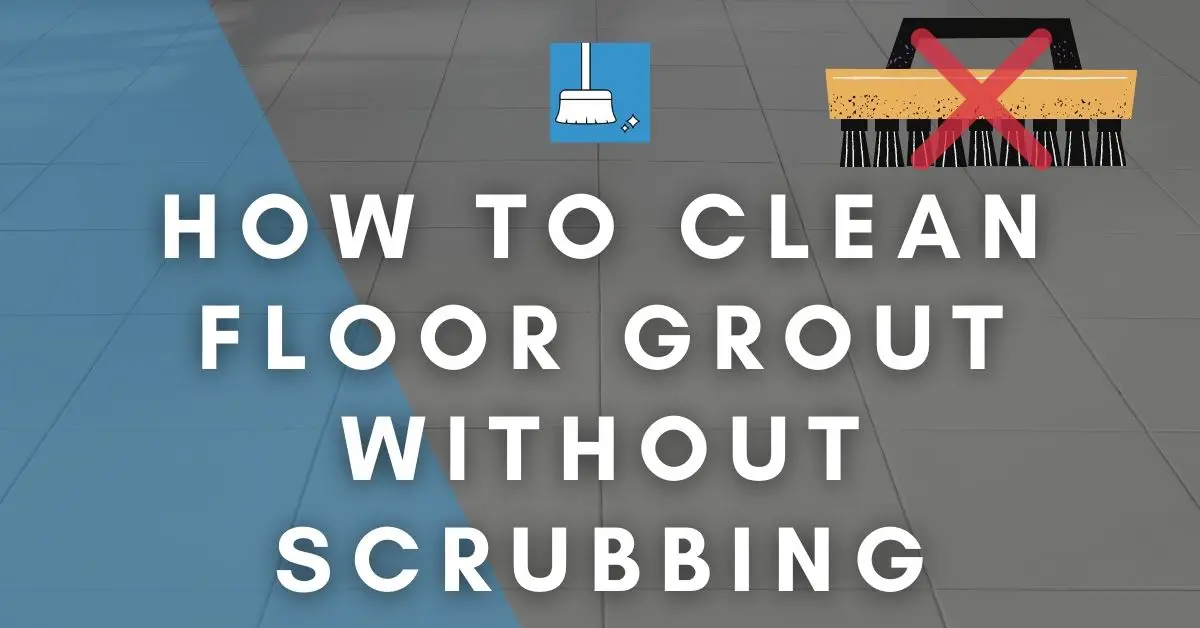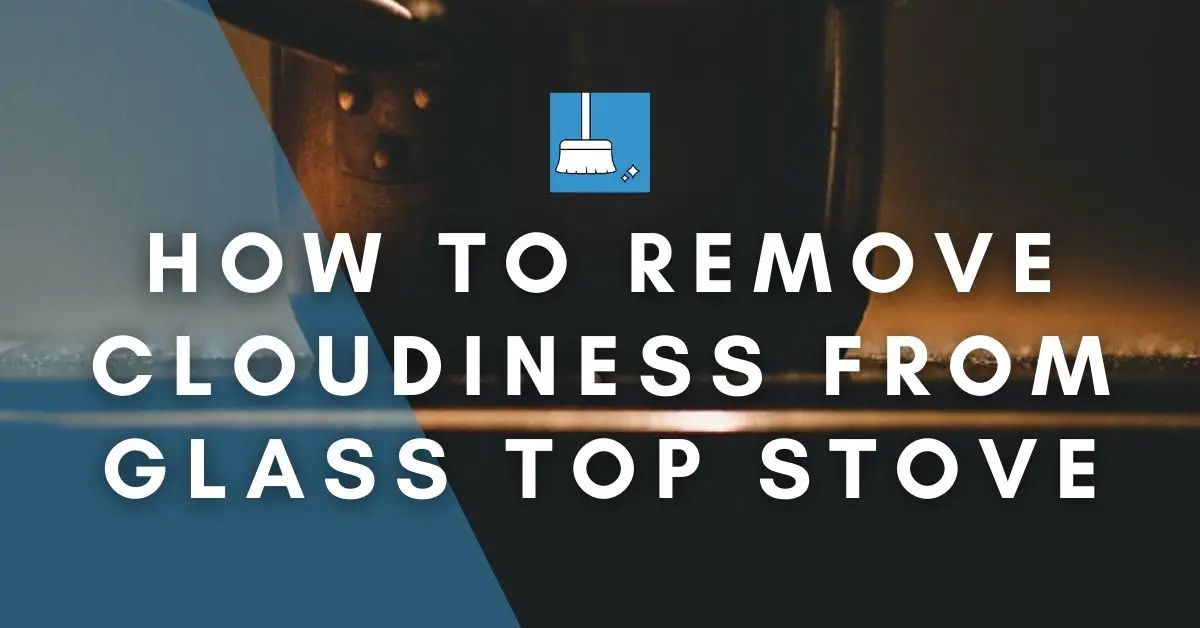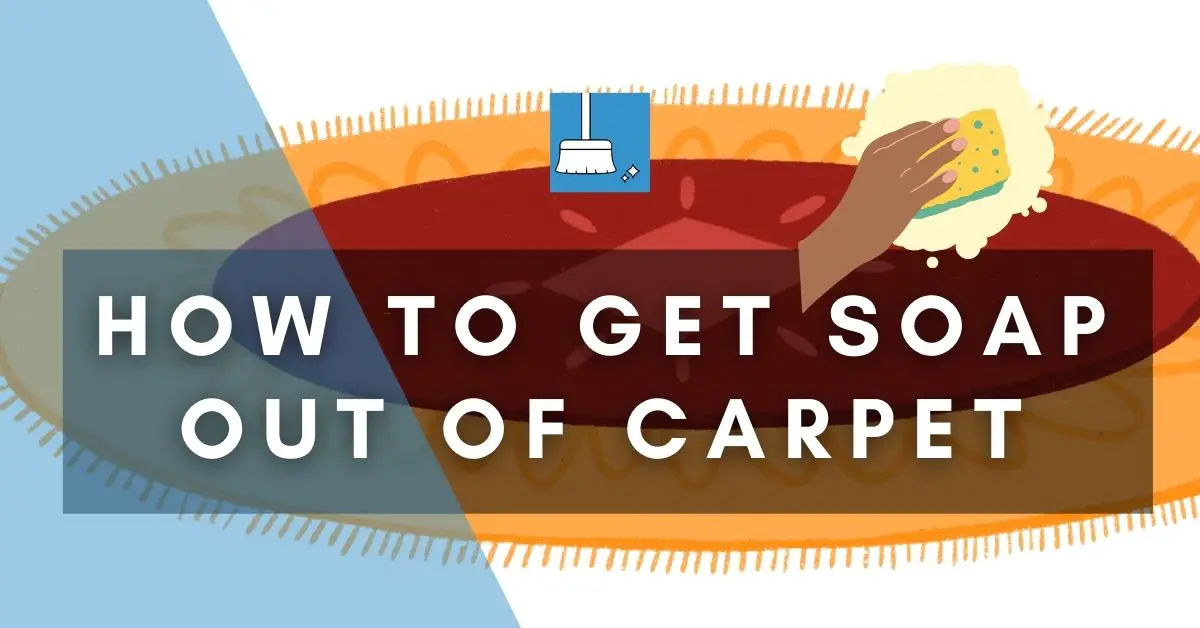Usually, after a construction project, either the contractor leaves behind a large mess for you to tackle in terms of cement stains on the floor and wall tiles or you might have done a DIY renovation project and want to tackle these stains. Whether it was the mortar or white cement, we’ll see how you can get it off from the tile surfaces.
How to Clean Cement off Tiles?
We’ll see 3 different methods to remove cement stains from tile surfaces. The first one uses a commercial product and the other two use simple household items.
Method 1- Using a Cement Residue Remover (Less Risky)
There are some special products in the market for removing just the cement and grout residues from tiles and other surfaces. This method is less risky as these products are specifically made keeping in mind (overcoming) the limitations of Vinegar and other acids affecting the tile and grout negatively.
YOU’LL NEED
1- Cement grout residue remover
2- Water
3- Long handle stiff bristled brush
4- Abrasive pad
5- Sponge
6- All-purpose cleaner
7- Mop or Wet/dry vacuum (Optional)
8- Towel
STEPS
Step 1- Applying the Cement Grout Residue Remover
FLOOR
Pour cement residue remover directly over the tile surface with stains. If the instructions of the chosen product say that wait for a specified amount of time, then follow the instruction. Then, pour a little water and scrub the surface using a long handle stiff bristled brush.
Alternatively, you can mix the cement remover with water in a bucket and pour this solution over the floor.
WALL
If the stains are on the walls, then pour the solution onto an abrasive pad with a handle, and use it to straightaway scrub the wall in circular motions.
STEP 2- Cleaning the Cement
You will see the cement getting released from the surface. Now use a damp sponge to wipe the loose cement off the plain tile surfaces. If the tiles are rough (with patterns), you will have to rinse the surface with water.
STEP 3- Mopping the Surface
To get a final clean, use an all-purpose cleaner (suitable for tiles) and after diluting it with water, mop the surface. You may use a wet/dry vacuum for this purpose.
STEP 4- Drying
Finally, let the surface dry naturally. To avoid any water-marks, you can dry manually using a towel.
Method 2- Using White Vinegar / Phosphoric Acid Tile cleaner (Riskier)
Vinegar has acetic acid in it which can weaken the cement to be easily taken off the tiles. But there are a few caveats:
1- Vinegar or lemons can etch marble tile surfaces. So it is best to avoid these or cleaning solutions containing these as ingredients. (Source)
2- Vinegar can also damage the glaze of the tiles by eating through it.
3- Finally, some kinds of grouts are also prone to damage by the use of vinegar.
Phosphoric acid can be used to remove cement haze, and grout haze from tiles and grout. But Remember, Phosphoric acid can etch the natural stone tiles or even take their color.
YOU’LL NEED
1- White Vinegar or Phosphoric Acid Tile Cleaner
2- Stiff bristled scrub brush / Abrasive pad
3- Water
4- Sponge
5- Bucket
6- Scraper
7- Screwdriver/Hammer/pliers
STEPS
Preliminary Step- If you have large chunks of white/grey cement stuck to the tiles, use something strong (such as a pointed side of the hammer, a screwdriver, or pliers) to break them off. Give the chunks as many knocks as they deserve. Make sure you are wearing safety glasses while doing this because the pieces of cement fly and hit your eyes.
STEP 1- Remove the surface dust and debris from the tiles (including the larger chunks of cement that you broke) using a broom in order to clear the area from any possibility of sharp particles scratching the surface. This also makes it easy to identify (in later steps) whether cement is being loosened or not.
STEP 2- Pour white vinegar or Phosphoric acid Tile cleaner directly on the cement stains and let it sit for 15 minutes. If you pour only a little amount, it might evaporate but if you pour a generous amount good enough to stand as a layer on top of the tile, it will not evaporate.
STEP 3- Use a stiff bristled scrub brush or an abrasive pad (but not steel wool) to scrub the tiles
STEP 4- The cement start to loosen and the clear surface from underneath will start to appear. When this happens, use either running water if it is accessible, or rinse with clean water. Rinse the surface toward the drain (if nearby).
STEP 5- Wipe the surface clean using a sponge. The sponge will keep absorbing some cement residue while you wipe. So keep squeezing the cement water out of it and into a bucket (to collect cement water) and rinse before wiping again.
Some suggest the use of Hydrochloric acid (or muriatic acid for removing cement from tiles. This is a risky method as it can harm your tiles and even your skin and eyes. In case you use this acid as a last resort, you should dilute it by adding it to water and not the other way around. Dilution should be 1 cup of HCL for every 10 cups of water. Also, keep a neutralizing agent such as baking soda nearby in the acid spills on you. (Source)
Method 3- Using Water & Putty Knife (For Newer Stains)
This method is very simple and should be applied to fresh cement stains. It is also the least risky method.
If the Cement Stains Are Sitting on the Tiles for Only a Few Days:
1- Simply throw water over the surface and let it remain wet for 15 minutes. If it dries in between, pour more water. Keep doing this.
2- The cement film will get soft enough now to be scrubbed away with an abrasive pad (such as scotch brite).
If the Cement Stains/Film/Chunks Are Sitting for More than 15 Days:
1- Wet the surface with water and keep it damp for 15 minutes.
2- Using a putty knife, scrape the cement off the tile surface. Use the knife at a 45-degree angle and get the cement (grey or white) out of the surface.
Conclusion!
Whether mortar stains/ chunks or white cement stains, removing them from tiles can be done using simple household items like vinegar. For stronger chunks, you will need to break them off using a scraper and use one of the above-mentioned acid cleaners.





